Discussing all things Aussie beer with Matt Kirkegaard of Australian Brew News
This piece was provided by CODO Design, a beer and beverage branding firm. Join nearly 6,000 other beer industry pros who receive the Beer Branding Trends newsletter each month covering trends, currents and actionable advice from the front lines of beer branding.
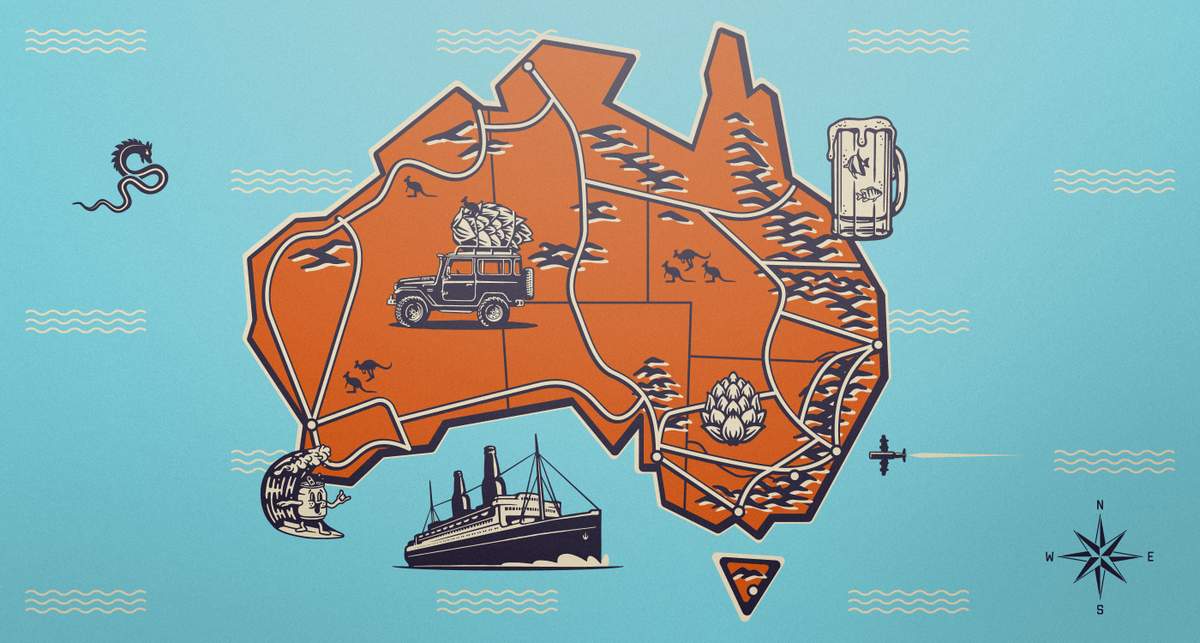
One of my favorite parts of working on international beer branding projects is learning about the local industry and parallels that exist with the United States market. And truth be told, we’re usually brought into these sorts of engagements expressly because of our knowledge on what’s happening here in the States.
A common trope we hear in these sorts of projects is that XYZ market (Australia, Canada, China, Europe, South America) is XYZ years behind the U.S. in terms of broader beverage trends — that all these markets look to the U.S. to figure out what’s on the horizon.
I had a great conversation with Matt Kirkegaard on the Australian Brews News Podcast about this very idea late last year. CODO has worked with a handful of breweries in Australia and New Zealand. This project work, plus the podcast with Matt, left us with a handful of other topics and questions we wanted to explore. So we brought Matt on to do just that. Let’s discuss the Australian beer market as it stands today (and where it’s going tomorrow).
CODO: Hi, Matt. Please introduce yourself and tell us what you do at Brews News.
Matt: I am a journalist and beer lover who, two decades ago, couldn’t understand why more people didn’t appreciate the value of beer. Frustrated that there weren’t more avenues to write about beer, I started a tastings business in the early 2000s to try to show people that beer was worth appreciating. Brews News grew out of a beer blog I wrote as part that, looking critically at the Australian brewing industry as a whole and especially the nascent craft brewing industry. By 2010 it had grown to become its own entity and is now the leading brewing industry news source in Australia.
Can you give us an eagle eye view of the Australian beer market — how many craft breweries, major players, etc?
The Australian beer market is one of the most highly concentrated in the world, with more than 85 per cent of the market controlled by two major players. The venerable Coopers brewery is the largest independent with 6 percent, leaving the remainder being fought over by the 563 breweries and innumerable contract brands currently operating. This is also in a market where two major supermarket chains control almost 75 per cent of alcohol retail, and so are the critical avenue to market and growth for many brewers. These retailers are rapidly expanding their own branded beer products and directly completing with the brewers they sell. It’s a tough market for growth.
The major brewers are CUB, owned by Asahi, and Lion, owned by Kirin. They control a suite of craft brands they have largely acquired over the past few years, including Lion’s late-2021 acquisition of deeply influential indie Stone & Wood. Outside of Coopers (80 million liters) which, though independent, sees itself as a major rather than a craft brewery, the largest indie breweries are less than the 10 million liter mark, meaning the indie sector is very fragmented.
In the early days of the American craft beer boom, the industry was championed as a David to Big Beer’s Goliath. It was independent, creative breweries vs. the corporate behemoths. It was a powerful intersection of consumer values, economics and signaling (drinking craft made you part of a cool subculture) that proved to be the perfect conditions to allow for explosive growth.
But we’ve seen some interesting industry (and cultural) shifts over the last 10 years where this messaging is no longer as prevalent. The idea of buying from a local brewery is important, but the idea of buying local as a way to fight Big Beer has mostly faded away.
How would you describe the craft movement in Australia? Does it track along these same lines, or does it have its own lore and messaging?
That’s an almost perfect summary of the Australian scene as well. Australia drew strong inspiration from the U.S., in terms of the beers that sparked the revolution and the mindset that drove it. It was very much a revolution mindset, and revolutions are generally against something, as much as they are for something. Here it was against corporate brewing culture and fizzy yellow lager. As we have seen the larger, more influential indies sell with a narrative of “of course we all sell eventually,” that has undermined the “big beer sucks” ideology that drove and inspired the early movement.
At the same time, more small breweries are embracing beers that can only be described as the fizzy yellow lagers that the industry once detested. They have made them in the quest for volume and scale, as they realize not everyone wants a beer that you can taste for days afterwards. Embracing these beers closes the philosophical divide as well. As the “what we’re against” messages have been eroded, there hasn’t really been a refining or strengthening of “what we’re for” case. When beer from small breweries comes at a substantial price premium to beer from corporate breweries, but can be of equal quality, it’s a hard sell when the narrative and messaging to justify that premium isn’t clear, strong or decisive.
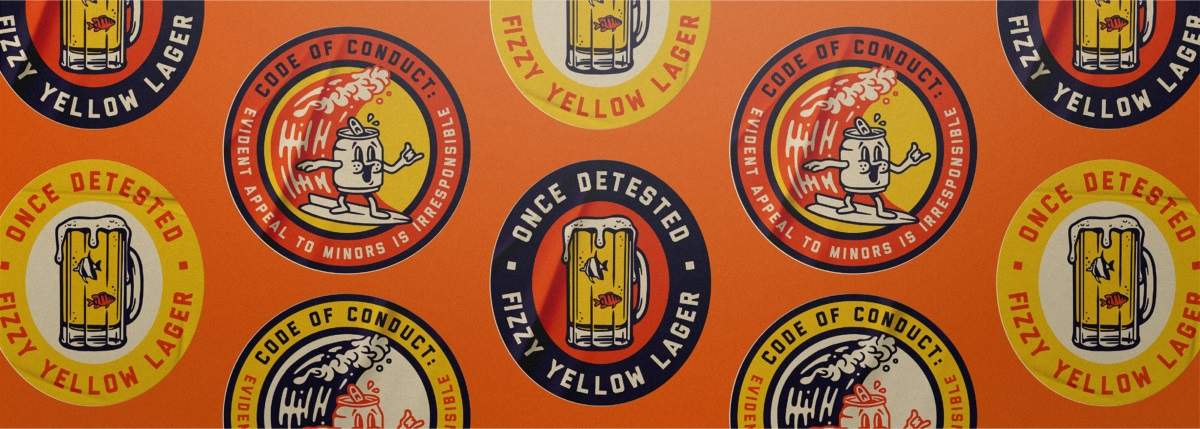
Whenever we work with breweries in other countries — Europe, Canada, South America, Asia — we’ll hear this trope that their country is XYZ years behind America in terms of beer styles and trends.
At a macro level, I understand this. The American craft beer industry contributed more than $62 Billion to the economy in 2020. But when we travel and visit breweries in these countries, we find the same styles that are dominating (or in ascension) in the States — hazy IPAs, crisp lagers, sours, IIPAs, etc.
How do you view this idea, and where do you think Australia’s beer industry is compared to America? Everything always revolves around the U.S., right?
Great call, it definitely is a trope! It definitely exists here, or once did. And yes, the U.S. can fairly be described as the center of the craft beer world (though I suspect sometimes it can see itself that way as well, sometimes not looking with enough curiosity at what is going on elsewhere, possibly to its detriment). The U.S. is deeply influential here, but I personally don’t think the trope is relevant any more. Social media has vastly reduced the time difference between the world catching up with the U.S. I tend to think it is much more like fashion these days, Australia is half a season behind the northern hemisphere and that’s largely due to the different seasons taking place. Brewers are much quicker to adopt what they see occurring and become immediately aware of what is taking place in the U.S. The other side is I think the trends end more quickly here too … the peak of trends comes more quickly as brewers are following much more quickly so the uptake and decline are more condensed.
This same dynamic allows breweries who are paying attention to the American beer industry to get a head start on certain trends as well (e.g., hazy beers, canning beer, variety packs). Is there room for boundary pushing in Australian craft beer (e.g., this new style is hot right now, let’s jump on it) or do you have to wait for the consumers to catchup before going all in on offering something new?
That’s a complex one. Is it boundary pushing if it’s closely following what others are doing? What is true innovation these days? Also, the consumer market is multi-segmented. The hard-core beer geeks who are aware of what’s going on overseas have probably tried imports of the next new thing and can’t wait for local breweries to replicate. That’s a small, but passionate and often big-spending part of the market. The bigger part of the market is probably not very engaged in the latest new thing. So, Australia does follow, but the best breweries don’t just appropriate what they see, they take the idea and apply their own thinking and spin to the idea with some local relevance.
The next (or, current) major trend here in the States is in the “Beyond Beer? category. We’re seeing breweries launch all manner of non-beer extensions (e.g., seltzer, RTD cocktails, kombuchas, coffees, etc.). Are you seeing this in Australia yet?
Our tax and drinking culture is a little different to the U.S. We have long had pre-mixed spirits and similar that fill the same role as seltzer and that has perhaps meant the seltzer wave hasn’t been as significant. What it has done though is brought focus onto the different tax treatment between a 5 per cent seltzer that’s been brewed, and a 5 per cent pre-packaged mixed spirit. I fear that this we’ll see the tax reduced on the spirits, which will greatly harm the beer industry. Brewers that have jumped on this bandwagon may well be kicking an own goal. The “better for you” beer segment is where we are seeing a lot of interest.
Read the rest of this post over on CODO’s site right over here.
For more insights like this, join nearly 6,000 other subscribers who receive CODO Design’s Beer Branding Trends newsletter each month covering trends, currents and actionable advice from the front lines of beer branding.

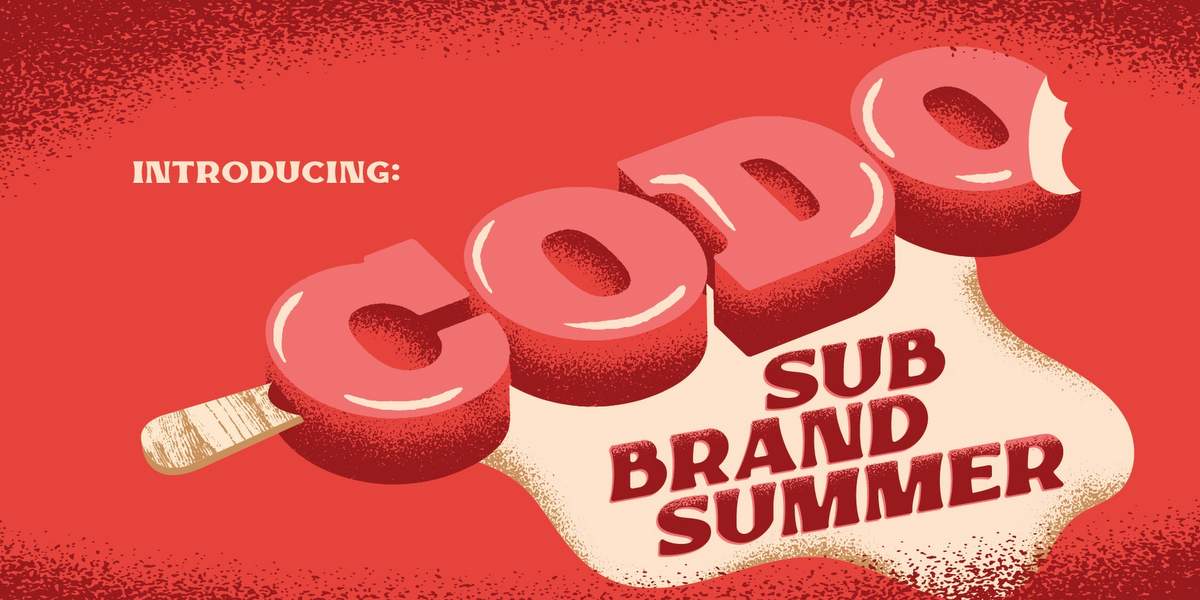
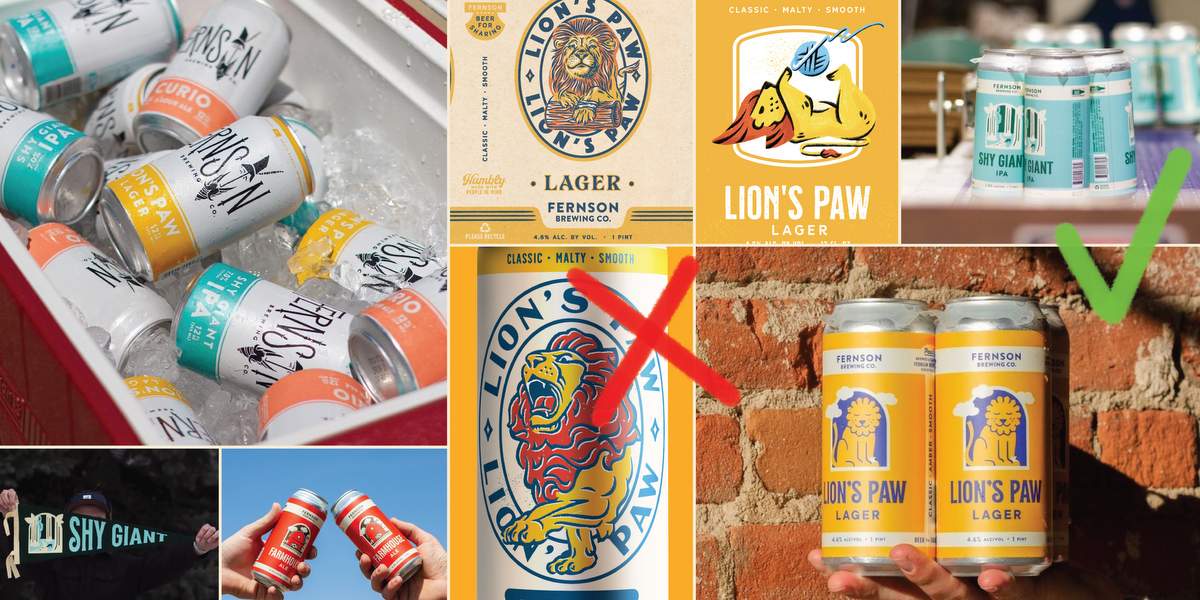
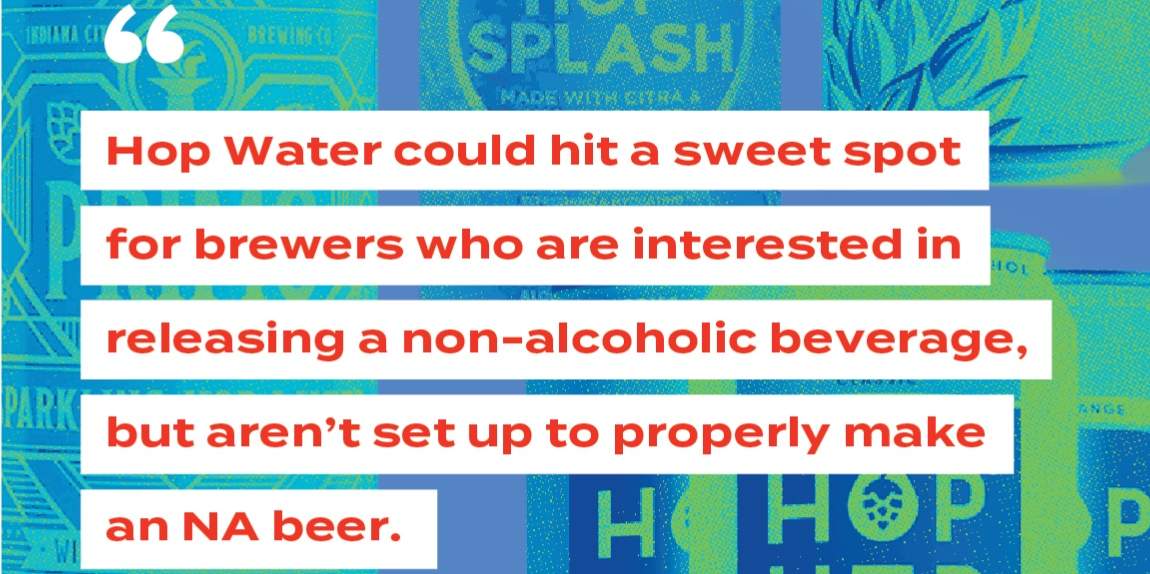
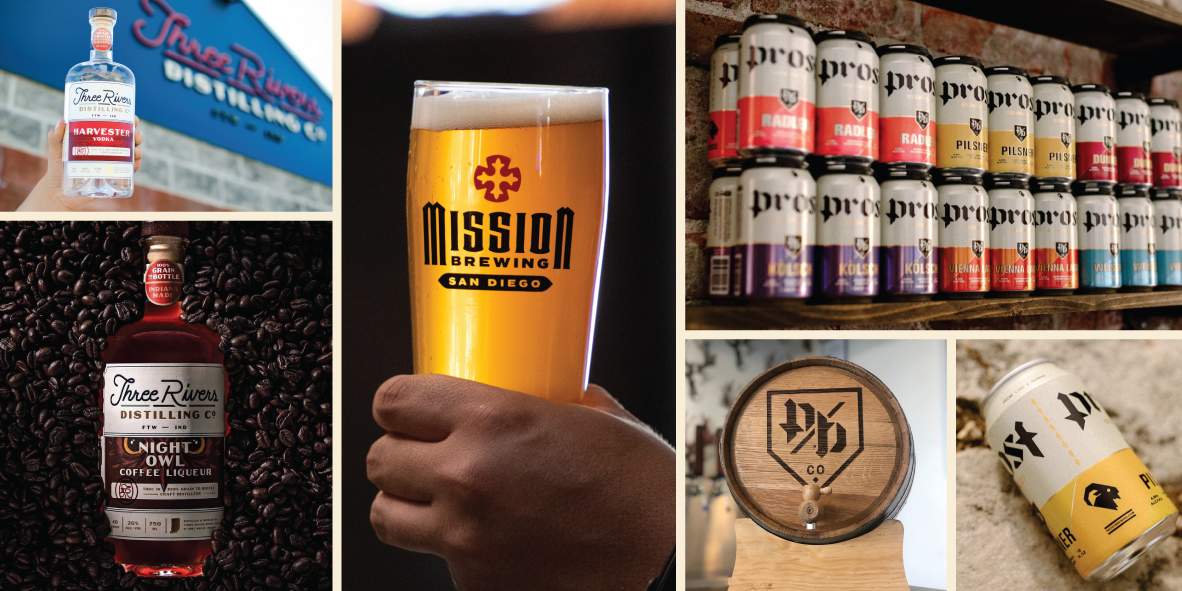
Shirley Murphy says
Interesting
Jim Snider says
Shirley Murphy fyi.